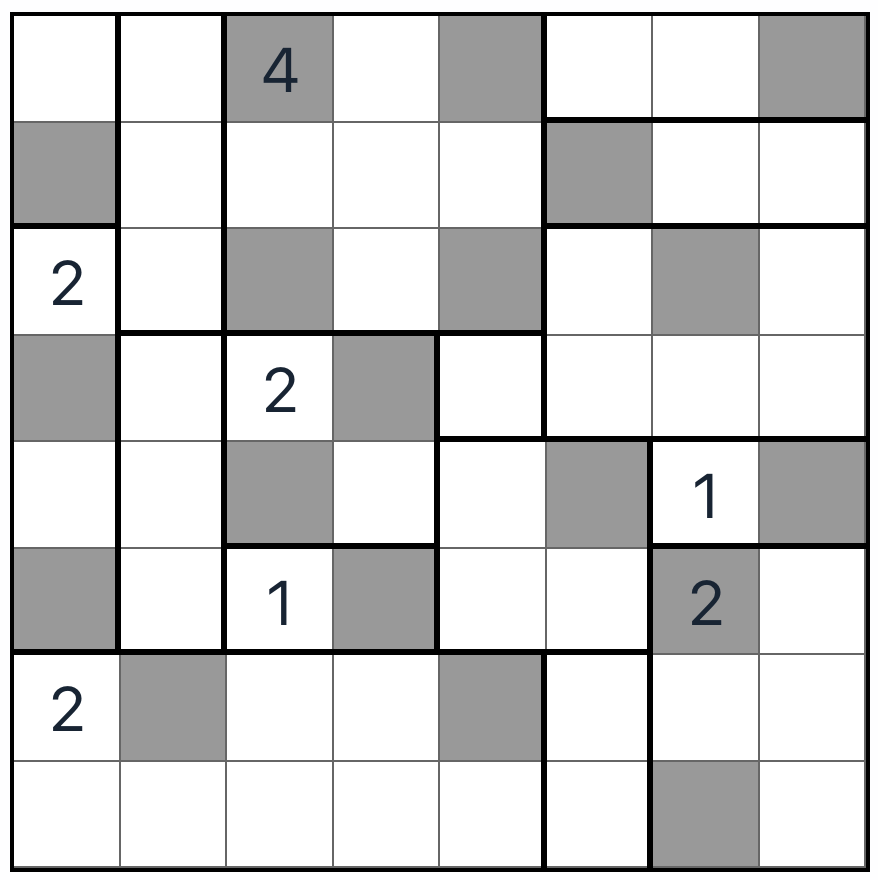Diagonal Consecutive Sudoku Easy
Like this puzzle!
8
5
4
1
7
2
7
3
4
5
1
3
1
7
5
2
8
2
1
6
6
3
8
7
6
5
4
3
6
9
7
5
2
4
5
8
2
7
9
1
2
3
4
5
6
7
8
9
?
~
123
1
2
3
Helping solve
Undo
Redo
Delete
0
Hint
Latest score list for #lm9qg
gu
guest a second ago
8'13''
yo
youtube 16 minutes ago
15'30''
gu
guest 8 minutes ago
6'34''
se
sell cash 22 minutes ago
6'41''
da
damage 53 minutes ago
11'23''
fi
finance 24 minutes ago
8'16''
Pr
Prestashop an hour ago
4'18''
an
anonymous 2 hours ago
10'55''
gu
guest an hour ago
15'59''
an
anonymous 48 minutes ago
3'26''
Latest score list for Diagonal Consecutive Sudoku
La
Lawyer solved puzzle No#xzvnd;
8'13''
La
Lawsuit solved puzzle No#g4k80;
12'1''
re
recovery solved puzzle No#8w725;
13'24''
fi
fishing solved puzzle No#7jjm1;
12'11''
Be
Benjamin solved puzzle No#re7xy;
5'19''
fa
family solved puzzle No#8wwx2;
7'31''
gu
guest solved puzzle No#g4rx1;
18'24''
an
anonymous solved puzzle No#7pgr4;
16'3''
do
doctors solved puzzle No#828n4;
4'56''
pe
petrol solved puzzle No#828n4;
5'57''
How to play Diagonal Consecutive Sudoku
Diagonal Consecutive Sudoku Rules
Consecutive Sudoku: Standard Sudoku rules apply (1-9 in each row, column, and box) with the added twist of bars between some squares. These bars mean the numbers in those squares must be consecutive (differ by 1).
Diagonal Consecutive Sudoku Additional Rules:
-
Diagonal Sudoku Rule: Sudoku main diagonals also contain the digits 1 through 9.
Read more: Diagonal Consecutive Sudoku rule & tips
Using the Markings:
Pay close attention to the consecutive markers while placing numbers. If two cells are connected by a bar, the numbers you place in them must differ by exactly 1.
Conversely, if there's no marking between two cells, the numbers in those cells cannot be consecutive.
Diagonal Consecutive Sudoku = Diagonal Sudoku + Consecutive Sudoku.
Privacy Policy Copyright Gridpuzzle © 2024



























